8 Steps to Electronic Product Design With Surface Mount Technology
If you’re considering switching an existing electronic product design from through-hole technology to surface mount technology (SMT), you’ll want to...
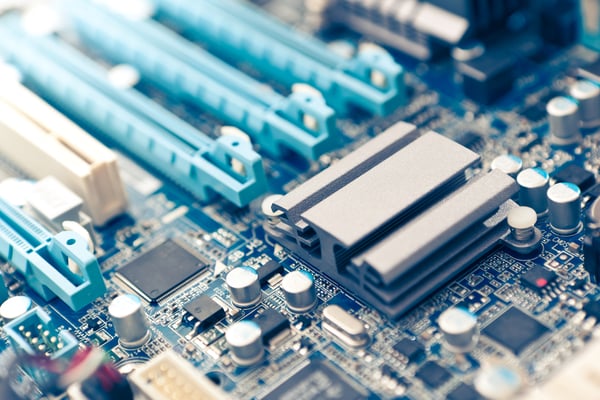
Most often, the foundation, or base, of a printed circuit board (PCB) consists of a substrate and laminate. Different PCB laminate and substrate types determine how the PCB will perform. So, selecting the right types of PCB material for the intended purposes is critical to achieving the best possible:
Function
Longevity
Cost efficiency
Those qualities should be part of any PCB design guide, and they’re the qualities we’ll keep in mind as we discuss below.
The material you use for your PCB can affect short- and long-term performance, as well as the ability of your contractor to manufacture it. It's just like anything else -- you get what you pay for. When you buy bad materials and they fail when your contractor tries to manufacture the board, you can’t blame it on the contractor.
So, what to use? Materials commonly used in PCB substrates range from FR-1 and G-10 to PTFE, alumina and Kapton. Laminates are formulated from CTE, PTFE, CEM, and a variety of other compounds.
When high performance is not an essential PCB characteristic, a material like lightweight polyester is probably a good choice. There are at least two reasons to select lightweight polyester under these circumstances, as long as it’s used in conjunction with printed electronics (PE) technology.
The benefits of PE with lightweight polyester include:
However, traditional PCBs are still the first choice for high-performance applications, and the decision about which materials to use in their creation should be based on the kind of board required. For example, will the board:
The board’s application determines, to a large extent, which materials to use in substrates and laminates.
Temperature and a substrate or laminate’s ability to handle it is of particular importance for PCBs. High heat can render a board useless, so heat resistance has to be higher than heat generated
Tg (glass transition temperature) is the measurement of the vitrification temperature of a material. In other words, it's the point at which a PCB loses its rigidity and its ability to perform well.
For high-performance boards, the Tg is usually higher than 170˚C. Standard PCBs have a Tg of 130˚C. A high Tg also indicates a greater ability to resist chemicals and moisture.
Also, it’s important to specify the Tg to match the assembly process being used. A Tg with a minimum of 170˚C is recommended for lead-free assembly.
Some electronics contract manufacturers will fill in the blanks when you’re vague on your specifications. For example, we’ve had customers say, “We want a RoHS-compliant PCB,” but don’t provide the Tg specs. In cases like that, some electronics manufacturers will figure out the specs for the customer.
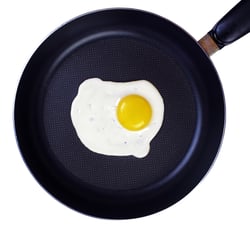
Clearly, the cost of substrate and laminate materials varies quite a bit. But it pays to choose the right materials from the outset rather than suffer the shame of costly PCB failures.
Here are a few general suggestions that can serve as a starting point for picking materials for specific substrate/laminate applications:
FR-4 is widely used in standard boards. Its Tg point is 135˚C. It also has a high-Tg version (150-210˚C) that makes it applicable in high-density uses.
CEM-1, CEM-2 and CEM-3 also work well in high-density applications. CEM-1 offers a Tg of 122˚C, CEM-2 has a Tg of 125˚C and CEM-3 has a Tg of 125˚C.
For substrates, RF-35 provides a Tg of 130˚C, making it a candidate for high-density applications.
PFTE (well known in cookware for the Teflon brand) can be a good choice in high-frequency, microwave and high-power boards with Tg anywhere from 160-280˚C.
Polyimide as a substrate offers a Tg of 250˚C or more for high-power, high-frequency and microwave situations. Polyimide substrates are the go-to for flex circuits because FR4 substrates are very rigid. In addition to flexibility, polyimides have a high resistance to temperatures but are more costly than FR4s.
Nowadays it’s wise to partner with a laminate manufacturer and specify a material or its “approved equivalent.” In other words, you give your contract manufacturer a specific material to use but also give it permission to deviate from that if necessary -- with your approval.
There’s a simple reason for wording your agreement this way. One board house might give you a high-quality replacement material, while another might give you the cheapest junk it can find.
So, communicate your wish list as clearly as possible. FR4 used to be a very specific term years ago; nowadays it’s a more generic term. Don’t leave PCB material choices up to your manufacturer unless you implicitly trust it.
Choosing the right substrate and laminate for a PCB application isn’t always easy. When you move into the realm of high density, high frequency, or microwave frequency, there’s a delicate balance between quality and cost efficiency.
Partnering with certain PCB manufacturers will keep you from getting your wires crossed while helping you reduce PCB assembly costs and lead time. By “certain” we mean contractors who assist in the design phase as needed. The more design work a PCB layout and assembly service has done, the more likely it is to offer great recommendations about the types of PCB material you should use.
Editor's Note: This article was originally published in February 2019 and has been updated in June 2021.
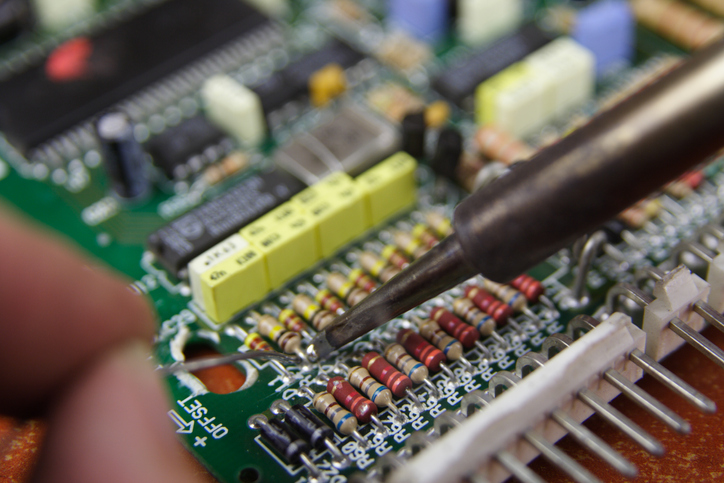
If you’re considering switching an existing electronic product design from through-hole technology to surface mount technology (SMT), you’ll want to...
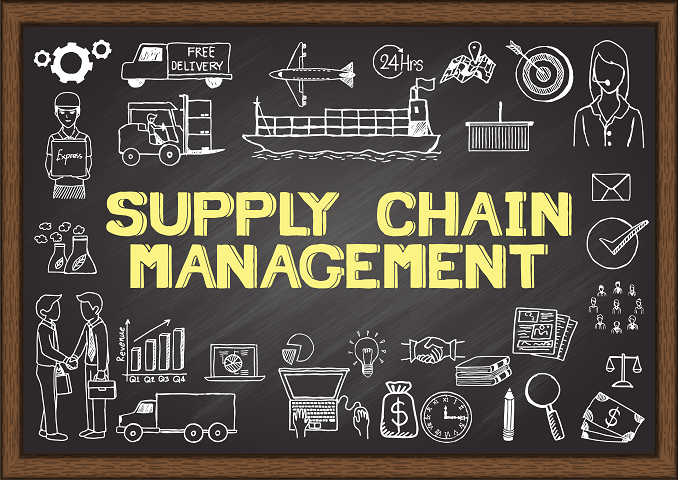
The decision to single or dual source from electronics manufacturing services partners plays a heavy hand in determining the infrastructure of your...
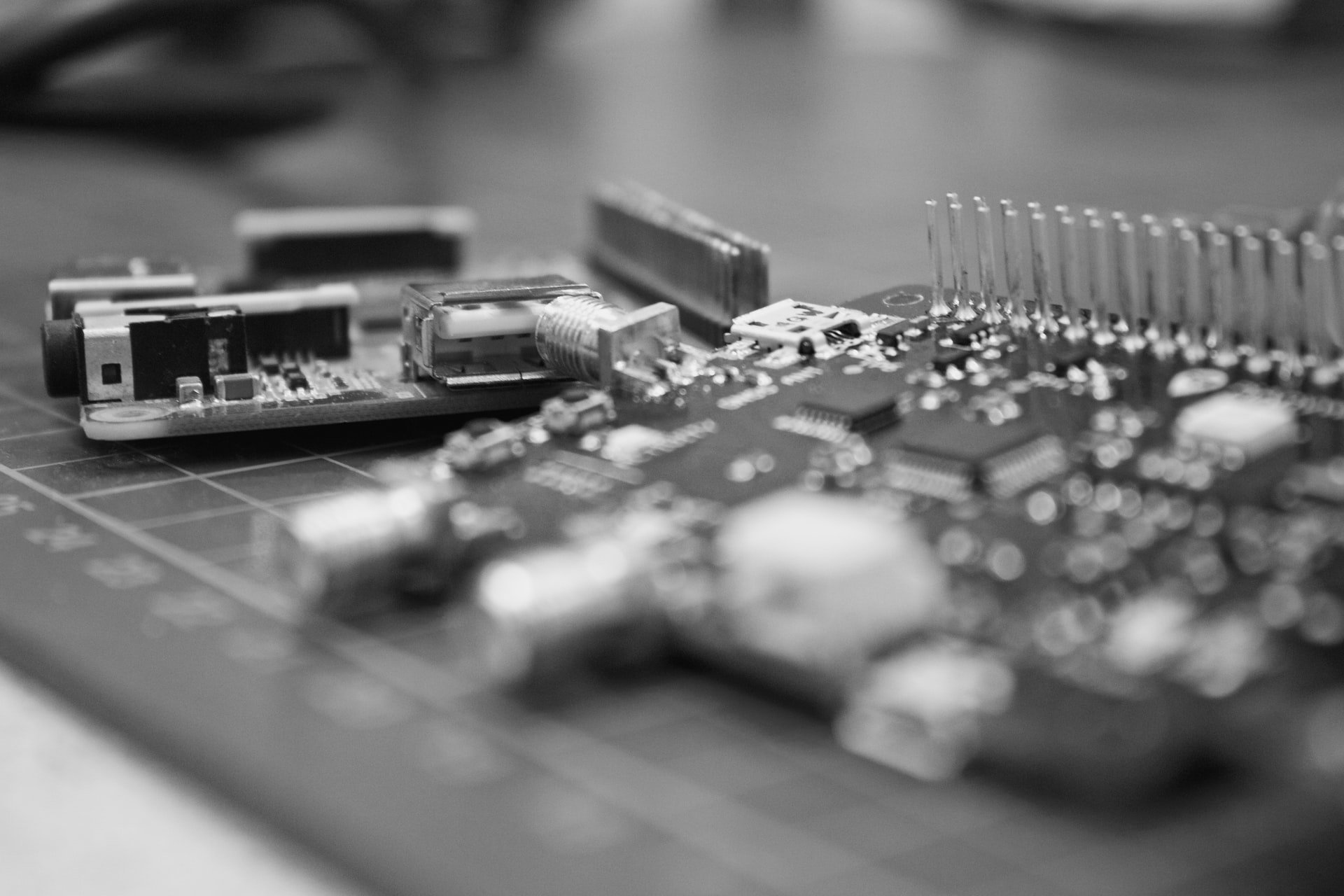
Prototyping isn’t reserved for high-tech vehicles or revolutionary consumer gadgets. It’s also a great practice for manufacturing printed circuit...